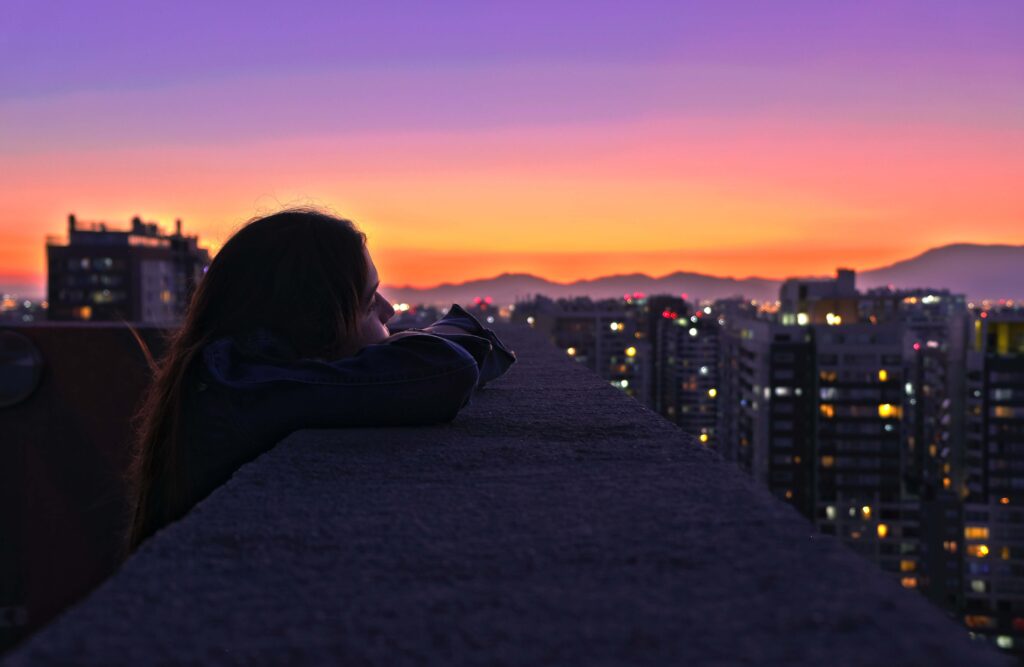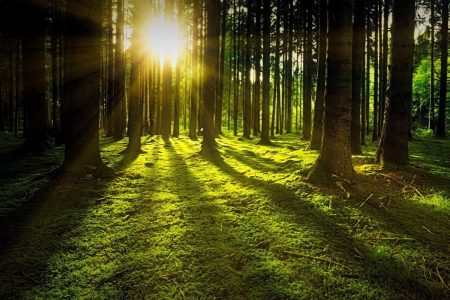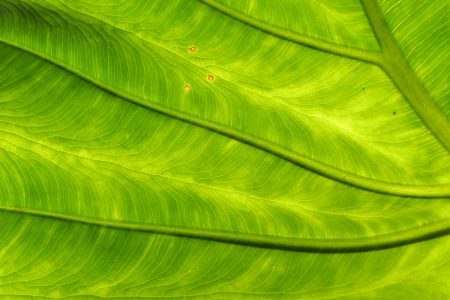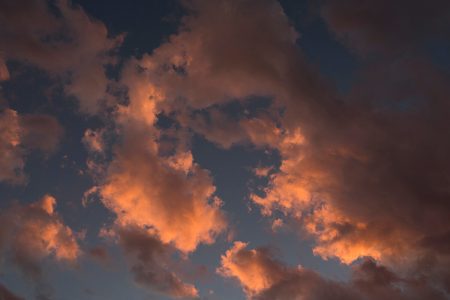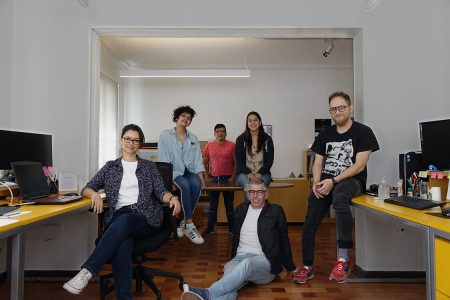The new regulations protect astronomy, biodiversity and health.
Find out why it is a crucial step into a more sustainable future
There are reasons to celebrate this new regulation in Chile. Why is it so relevant? Firstly, let’s remember that light pollution is the interference of natural darkness of night, caused by the unnecessary emissions of street lighting. This problem is global and it’s not limited to urban areas, as light spreads rapidly. TIts most notorious effects include a glow or luminous halo in the sky due to light scattering, with significant repercussions on biodiversity, quality of life, health and sustainable development.
The regulation of Light Pollution in Chile dates back to 1999, with a main focus on the protection of Astronomical Observation. However, the 2014 regulation in force until October 2023 applied only to outdoor lighting systems in the Regions of Antofagasta, Atacama and Coquimbo.
Despite this regulation oriented to astronomical observation, the need to update and extend it nationally has been recognized due to the increase in light pollution worldwide and its negative effects, not only on astronomy, but also on biodiversity and human health. This makes it more urgent to face this problem and encourages the use of more efficient and responsible outdoor lighting.
Chile is recognized internationally for its clear skies and suitable conditions. It hosts vast observatories along the country. Light pollution threatens the capacity of telescopes and affects both astronomical observation for research and tourism, impacting the region’s economy.
In addition, exposure to artificial light during the night can alter people’s circadian rhythms which can lead to sleep disturbance, increased risk of cancer, heart disease, obesity and diabetes.
For biodiversity, bad lighting fixtures (especially those with a higher emission in the blue band) can affect multiple species including birds, reptiles, amphibians, mammals and insects adapted to nocturnal ecologies. The introduction of artificial light in their environment can also alter their circadian rhythms, behavior, reproduction, nourishment and migration habits.
Recent studies also demonstrate how light pollution affects seabird migration in Chile, which has led to classify them as endangered species such as the Pink-footed Shearwater.
To face these problems, the new lighting regulation includes amends that consider biodiversity as an object of protection. The regulation extends to the entire country and establishes stricter restrictions for on the spectrum of luminaires, specially in the designated Special Protection Areas. Also introduces time restrictions for certain street lighting as well improving controls to ensure compliance.
The integration of these aspects in the new regulation, extended to the whole territory, is a milestone in raising awareness on this topic and transforming our design approach in urban lighting projects. It is crucial to focus on efficient solutions that go beyond the light output, but also consider visual wellbeing, health and the protection of our biodiversity.
Artículo: World migratory bird day
Artículo: The light sensitivity of trees
